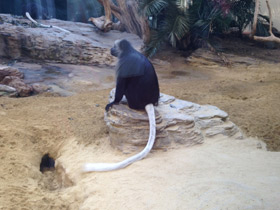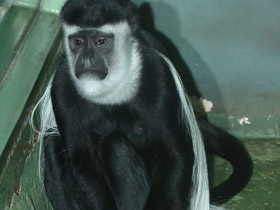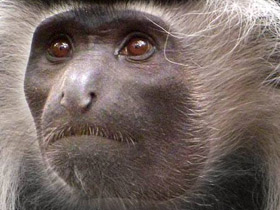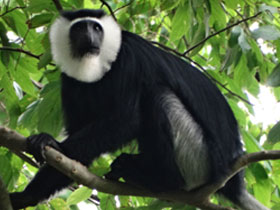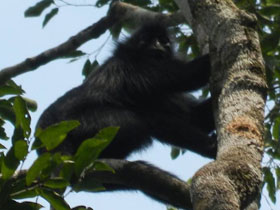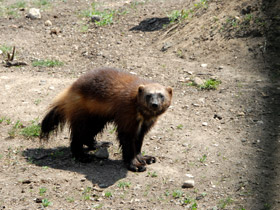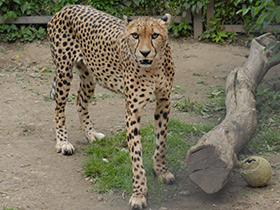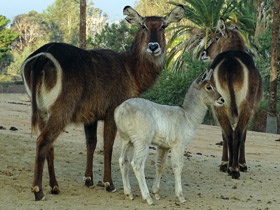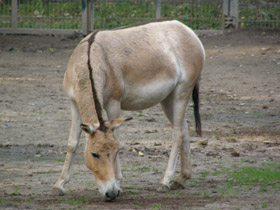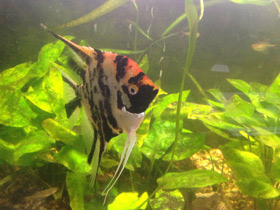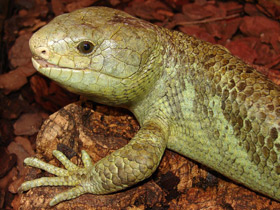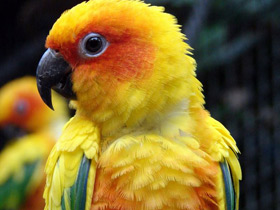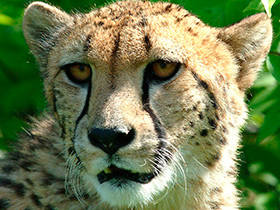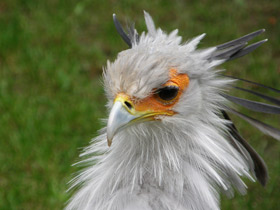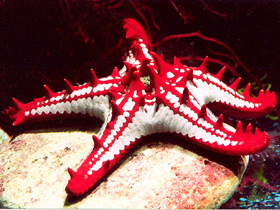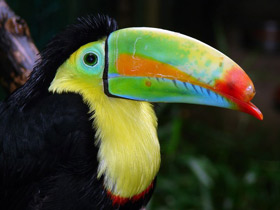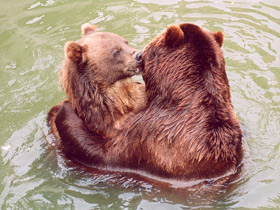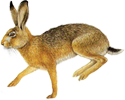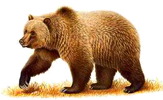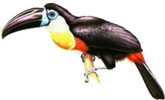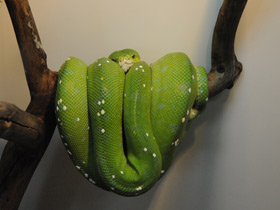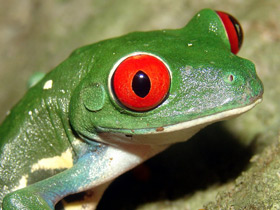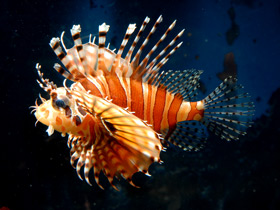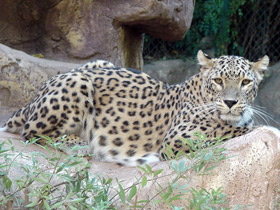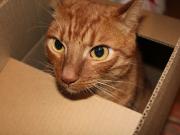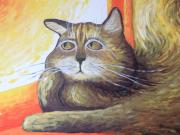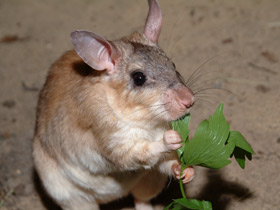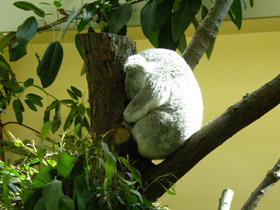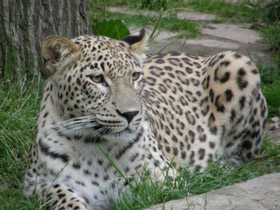Black-and-white colobuses (or colobi)
Black-and-white colobuses (or colobi) are Old World monkeys of the genus Colobus, native to Africa. They are closely related to the red colobus monkeys of genus Piliocolobus. There are five species of this monkey, and at least eight subspecies.
Appearance and habitat
Genus Colobus are a genus of catarrhine primates in the family Cercopithecidae that is composed of several species of African monkeys.
Colobus are probably one of the most beautiful monkeys. Their hair is long and silky, contrasting black and white, and their fluffy tail is almost a metre long and decorated with a luxuriant tassel at the end.
These monkeys have very long feet, and the big toe of the forelimb is missing or very small - this is what gave the monkeys their name ("colobus" is Greek for "mangled").
The hands of these primates function like hooks, made up of four bent fingers, and are well suited to hanging and swinging, while the long tail is a rudder, giving it the ability to change direction of flight when jumping from tree to tree. All these features suggest that colobus are highly specialised arboreal monkeys. Indeed, they inhabit dense forests and have an exclusively arboreal lifestyle, moving through the trees with great speed and often making jumps of 6-10 m, while on the ground they rarely descend.
Nutrition
Colobus are strict vegetarians (a rarity among primates) and feed on leaves, shoots, flowers and fruits. To digest plant foods, they have a very complex stomach, more reminiscent of ruminants than other apes. In Moscow Zoo, colobus like to eat willow and birch twigs, so they freeze large quantities of this food for the winter.
Social behaviour and reproduction
Colobus live in small family groups of up to 20 animals. Colobus usually give birth to one offspring, very rarely two. The fur of the young is snow-white, probably to be seen better in the dense forest (photo 13,14,15,16). Colobus are the only monkeys that carry their young from one place to another with their mouths (like semimonkeys).
The other females in the herd show great interest in the young and are happy to interact with them. This so-called "aunt behaviour" allows the young females to acquire nurturing skills and the mother to feed in peace, leaving the young in the care of the "aunts". Colobus reach sexual maturity at 4-5 years of age.
Quantity
Unfortunately, these lovely monkeys have become quite rare. They used to be hunted, as their fur was used to adorn women's clothing. In the recent past, colobus were practically wiped out by hunters; 170,000 skins were taken from Africa in 1892 alone.
Conservation
They are prey for many forest predators, and are threatened by hunting for the bushmeat trade, logging, and habitat destruction.
Individuals are more vigilant (conspecific threat) in low canopy, they also spend less time scanning when they are around familiar group members as opposed to unfamiliar. There are no clear difference in vigilance between male and females. However, there is a positive correlation between mean monthly vigilance and encounter rates. Male vigilance generally increases during mating.
Species and subspecies
The following species are recognised:
- Colobus angolensis:
- Colobus angolensis angolensis angolensis;
- Colobus angolensis cordieri;
- Colobus angolensis cottoni;
- Colobus angolensis palliates;
- Colobus angolensis prigoginei;
- Colobus angolensis ruwenzorii;
- Colobus guereza:
- Colobus guereza guereza;
- Colobus guereza caudatus;
- Colobus guereza dodingae;
- Colobus guereza kikuyuensis;
- Colobus guereza matschiei;
- Colobus guereza occidentalis;
- Colobus guereza percivali;
- Colobus polykomos;
- Colobus satanas:
- Colobus satanas satanas;
- Colobus satanas anthracinus;
- Colobus vellerosus.
Fossil species
- †Colobus flandrini;
- †Colobus freedmani.









